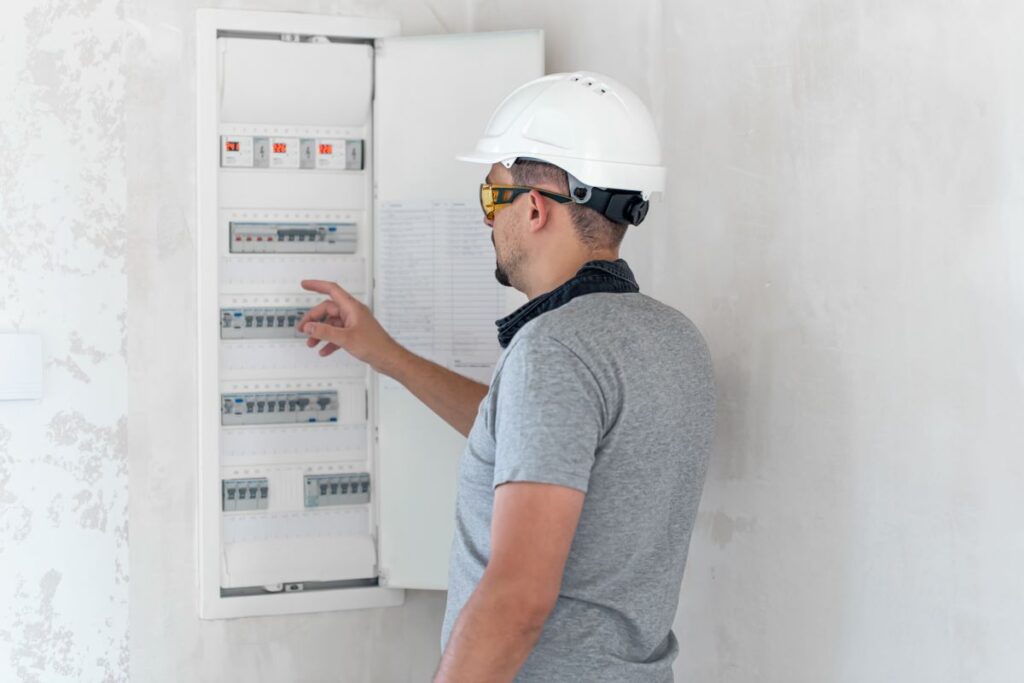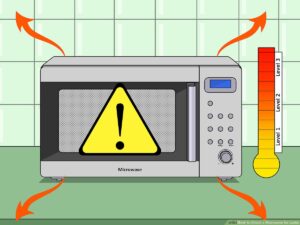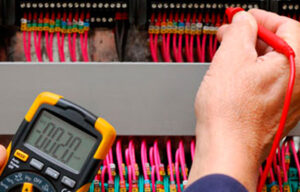Ensuring electrical safety in the workplace is not just a legal obligation—it’s a vital part of keeping everyone safe. Residual Current Devices (RCDs) are crucial in protecting against electrical hazards, and regular test and tag services for these devices are essential. This guide will walk you through what RCDs are, the different types, their uses, benefits, and the risks of not conducting regular test and tag as per AS/NZS 3760 standards.
What is an RCD? Understanding Residual Current Devices
An RCD, or Residual Current Device, is a life-saving device designed to prevent electric shocks. It works by cutting off the power supply if it detects an imbalance in the electrical current, which could occur if someone touches a live wire or if there’s a fault in the system. RCDs are crucial in reducing the risk of serious injuries or even death from electric shocks. Regular test and tag processes ensure these devices are functioning correctly.
Types of RCDs: Fixed, Socket-Outlet, and Portable Devices
There are different types of RCDs, each serving a specific purpose:
- Fixed RCDs: These are installed in your switchboard and protect multiple circuits in your home or workplace.
- Socket-Outlet RCDs: These are built into standard power outlets, providing protection to whatever is plugged in.
- Portable RCDs: These are ideal for temporary setups or when you’re working in different locations, like construction sites.
Each type of RCD requires regular test and tag services to ensure they are working as intended.

Benefits of RCD Testing and Tagging: Why It’s Important
Conducting regular test and tag for your RCDs offers multiple benefits, including:
- Compliance with Safety Standards: The AS/NZS 3760 standard requires regular inspection, test and tag of RCDs to ensure they’re working properly.
- Preventing Electrical Hazards: Regular test and tag helps detect faults early, reducing the risk of electric shocks and electrical fires.
- Protecting Your Equipment: Identifying issues early through test and tag can prevent damage to your electrical equipment, saving you from costly repairs or replacements.
Risks of Not Testing RCDs: The Dangers of Skipping Regular Checks
Not conducting regular test and tag for your RCDs can lead to serious risks:
- Increased Risk of Electric Shock: Faulty RCDs might not trip when needed, leading to a higher chance of electric shock.
- Legal Risks: Failing to comply with AS/NZS 3760 could result in fines, legal action, and damage to your business’s reputation.
- Damage to Equipment: Electrical faults that aren’t detected due to missed test and tag can cause significant damage to your equipment.
AS/NZS 3760 RCD Testing Requirements: How Often to Test and Tag RCDs
The AS/NZS 3760 standard outlines how often RCDs should be tested and tagged:
- Construction Sites: Every 3 months due to the high-risk environment.
- Factories and Workshops: Every 6 months.
- Offices and Shops: Every 12 months for most workplaces, but more frequent test and tag may be required depending on the level of risk.
Testing involves checking that the RCD trips within the correct time when a fault is detected. According to AS/NZS 3760, the trip times for RCDs are as follows:
- 30mA RCDs (general use): Must trip within 300 milliseconds.
- 10mA RCDs (high-risk areas, such as medical rooms): Must trip within 40 milliseconds.
- 100mA RCDs (used for fire prevention): Must trip within 100 milliseconds.
These test and tag intervals are crucial to maintaining a safe workplace.
RCDs on Construction Sites: Why Regular Testing and Tagging is Critical
Construction sites are particularly dangerous environments, with many electrical hazards. RCDs are essential for protecting workers from electric shocks caused by faulty equipment or cables. Regular test and tag services ensure these devices are working correctly, providing peace of mind and compliance with safety regulations.
Keep Your Workplace Safe: Book RCD Testing and Tagging Today
Regular test and tag of RCDs is not just about compliance—it’s about safety. By ensuring your RCDs are working correctly, you protect your workers, your equipment, and your business. At Go Test and Tag, we specialise in professional test and tag services, helping you stay compliant with AS/NZS 3760 and keeping your workplace safe. Contact us today to book your RCD testing and tagging.






